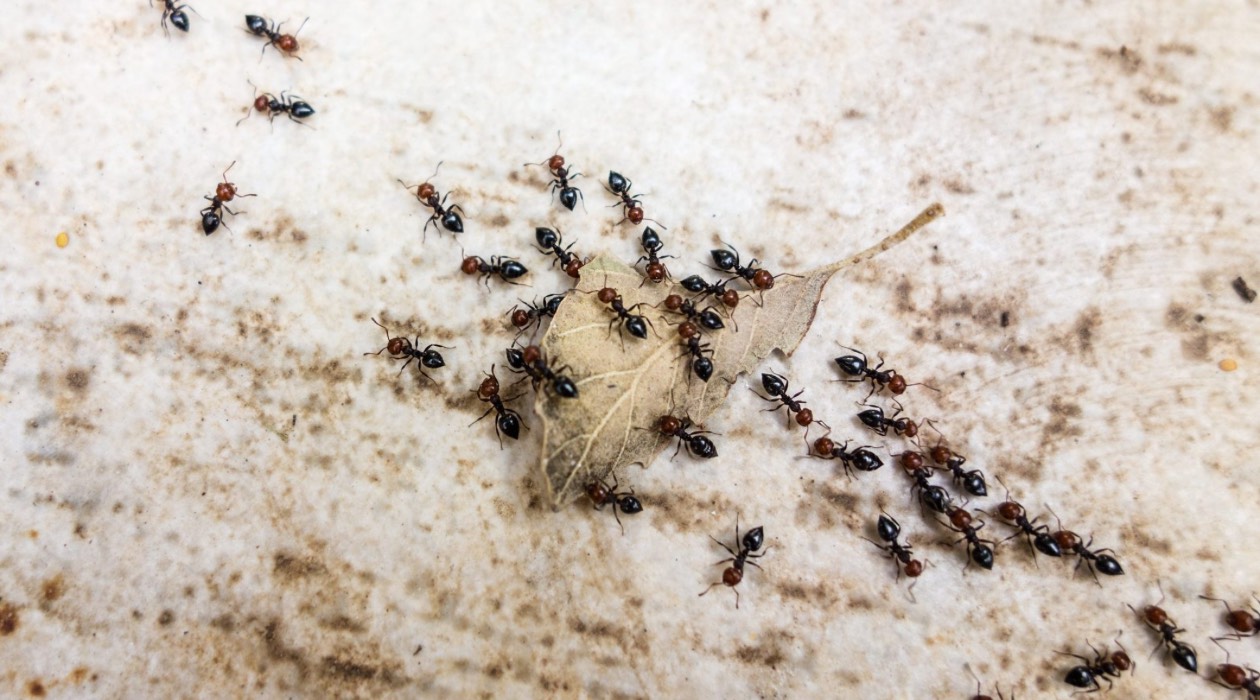

Articles
How To Get Rid Of Ants In The Attic
Modified: May 6, 2024
Learn effective methods and techniques for getting rid of ants in the attic with our informative articles. Safely eliminate these pesky pests and regain control of your home.
(Many of the links in this article redirect to a specific reviewed product. Your purchase of these products through affiliate links helps to generate commission for Storables.com, at no extra cost. Learn more)
Introduction
Having ants invade your attic can be a frustrating and unsettling experience. As a homeowner, it is essential to understand the ant problem in your attic and take necessary measures to get rid of them. Ant infestations can not only damage your belongings but also pose health risks by contaminating food and spreading bacteria. In this article, we will explore various methods to eliminate ants from your attic, ranging from prevention techniques to natural remedies and chemical solutions. So, let’s dive in and discover how to reclaim your attic from these unwanted pests.
Key Takeaways:
- Understanding the specific type of ants infesting your attic is crucial for effective elimination. Identifying their characteristics and behavior will help you develop a targeted strategy for getting rid of them.
- Implementing preventive techniques, such as sealing entry points, removing food sources, and maintaining cleanliness, is essential for keeping ants out of your attic and preventing future infestations.
Read more: How To Get Rid Of Ants In Pantry
Understanding the Ant Problem in Your Attic
Before we jump into addressing the ant problem in your attic, it is important to understand why these pesky insects are attracted to this specific area of your home. Ants are constantly in search of food, water, and shelter, and your attic can provide them with all three. The warm and dark environment of the attic, along with potential food sources such as crumbs, moisture, or even other insects, can make it an ideal location for ants to establish their colony.
Furthermore, ants are highly adaptable creatures that can squeeze through tiny cracks and gaps in your home’s structure to gain access to the attic. They can enter through openings in the roof, gaps in windows or doors, or even through plumbing and electrical entry points. Once they find a way inside, they leave a pheromone trail to guide other ants from their colony, resulting in a full-blown infestation.
It is crucial to identify the type of ants present in your attic in order to effectively eliminate them. Different ant species may require different treatment methods. Some common types of ants that may infest your attic include carpenter ants, odorous house ants, pavement ants, and pharaoh ants. Each species has distinct behaviors and preferences when it comes to their nesting habits and food sources.
By understanding the reasons behind ant infestations and familiarizing yourself with the specific type of ants present, you will be better equipped to tackle the problem head-on. The next step is to assess the extent of the ant infestation and determine the appropriate course of action.
Identifying the Type of Ants in Your Attic
Identifying the type of ants infesting your attic is crucial in developing an effective strategy to eradicate them. Different ant species have different characteristics, nesting habits, and food preferences. Here are some common types of ants that you may encounter in your attic:
- Carpenter ants: These ants are known for creating nests in damp or decaying wood, including the wooden structures in your attic. They do not consume wood but excavate galleries to build their nests. Carpenter ants are usually larger in size, ranging from ¼ to ½ inch, and may have various colors, such as black or reddish-brown.
- Odorous house ants: These ants get their name from the strong, unpleasant odor they emit when crushed. They are small, measuring around 1/16 to 1/8 inch in length, and range in color from brown to black. Odorous house ants typically build their nests in wall voids, insulation, or other hidden areas in your attic.
- Pavement ants: Pavement ants are commonly found nesting under concrete slabs, but they can also infest attics. They are small ants, measuring around 1/8 inch in length, with dark-colored bodies. Pavement ants typically enter your attic through gaps or cracks in the building’s foundation.
- Pharaoh ants: These tiny ants, measuring around 1/16 to 1/8 inch in length, are notorious for establishing extensive colonies. Pharaoh ants prefer warm and humid areas, making attics an attractive nesting site. They can be pale yellow, light brown, or reddish-brown in color.
By observing the ants in your attic, you can gather valuable information about their characteristics and behavior. Pay attention to their size, color, and nesting patterns. You can also set up ant baits or traps to capture a few specimens for identification, if needed. If you are unsure about the type of ants infesting your attic, it is advisable to consult a professional pest control service for accurate identification.
Once you have identified the type of ants in your attic, you can move on to the next step of assessing the extent of the infestation to determine the best approach for elimination.
Assessing the Extent of the Ant Infestation
Assessing the extent of the ant infestation in your attic is crucial in order to develop an effective plan to eliminate the pests. By determining the size and intensity of the infestation, you can choose the most appropriate method to eradicate the ants and prevent future reoccurrences.
Start by observing the ant activity in your attic. Take note of the number of ants you see, their movement patterns, and any signs of damage or trails they have created. Additionally, inspect other areas of your home, such as the kitchen or pantry, to see if ants are present there as well. This will help determine if the infestation is limited to the attic or if it has spread to other parts of your house.
Look for signs of ant nests or colonies in your attic. Carpenter ants, for example, create galleries in wood structures, so inspect the wooden beams and other wooden materials for any indications of their presence. Odorous house ants may leave behind visible trails or small piles of debris near their nests. Pavement ants and pharaoh ants might have smaller nests or nesting sites hidden in wall voids or insulation.
Consider the time of year when assessing the ant infestation. Ant activity tends to increase during the warmer months, as they are more active in search of food and water. This can also help determine if the infestation is seasonal or a year-round problem.
If the ant infestation is severe and widespread, it is advisable to seek professional help from a pest control service. They have the expertise and tools to accurately assess the situation and provide effective solutions. Professional pest control services can also help identify any underlying causes that might be attracting ants to your attic, such as moisture issues or potential entry points.
By thoroughly assessing the extent of the ant infestation, you can determine the best course of action to eliminate the ants from your attic. Whether you choose to address it yourself or seek professional assistance, taking prompt action will help eliminate the infestation and prevent further damage to your home.
Possible Causes of Ant Infestation in the Attic
Understanding the possible causes of ant infestation in your attic is essential to prevent future occurrences and address the root of the problem. By identifying and eliminating these causes, you can create an environment that is less attractive to ants and reduce the chances of reinfestation. Here are some potential causes of ant infestation in the attic:
- Food Sources: Ants are attracted to food and can easily find their way into your attic if there are accessible food sources. Leftover crumbs, food spills, and improperly stored food can lure ants to your attic. Make sure to keep your attic clean and remove any food debris to eliminate this attractive food source.
- Moisture: Moisture problems in your attic can create an ideal environment for ants to thrive. Leaking pipes, condensation, or poor ventilation can attract ants in search of water sources. Fix any leaks and ensure proper ventilation in your attic to reduce humidity levels and discourage ants from infesting the area.
- Cracks and Gaps: Ants are skilled at finding and exploiting even the smallest cracks and gaps in your home. These entry points can provide easy access for ants to enter your attic. Inspect your attic for any cracks or gaps in windows, doors, vents, or the roof, and seal them properly to prevent ants from entering.
- Previous Infestations: If you have experienced ant infestations in the past, there might be residual pheromone trails left behind that can attract new ants to your attic. Thoroughly clean and sanitize the affected areas to eliminate these trails and discourage future infestations.
- Poor Insulation: Inadequate insulation in your attic can create favorable conditions for ants to establish their nests. Check your attic insulation for any damages or gaps and replace or repair it as necessary. Properly insulated attics not only deter ants but also contribute to energy efficiency.
By addressing these possible causes, you can significantly reduce the likelihood of ant infestation in your attic. Regular inspection and maintenance of your attic, along with implementing preventive measures, will help create an environment that is unappealing to ants. However, if the infestation persists or worsens, it may be necessary to explore additional methods to eliminate the ants from your attic.
Seal off any entry points and keep the attic clean and dry to discourage ants. Use ant baits or sprays specifically labeled for indoor use to eliminate existing ant colonies.
Read more: How To Get Rid Of Ants On Porch
Prevention Techniques to Keep Ants Out of the Attic
Preventing ants from infesting your attic is crucial to maintain a pest-free home. By implementing these preventive techniques, you can create a barrier that deters ants from entering your attic and eliminates potential nesting sites. Here are some effective prevention techniques to keep ants out of the attic:
- Seal Entry Points: Thoroughly inspect your attic and seal any cracks, gaps, or openings that ants can use as entry points. Pay close attention to gaps around windows, doors, vents, and the roof. Use caulk, weatherstripping, or other suitable sealants to seal these entry points effectively.
- Remove Food Sources: Ants are attracted to food, so make sure to eliminate any potential food sources in your attic. Clean up crumbs, spills, and food debris regularly. Store food in airtight containers, and avoid leaving pet food or water bowls in the attic.
- Maintain Cleanliness: Keeping your attic clean and clutter-free makes it less appealing to ants. Regularly vacuum, sweep, and dust your attic to remove any potential food particles or debris that may attract ants. Declutter the space to minimize hiding spots and create a less inviting environment for pests.
- Address Moisture Problems: Properly manage moisture in your attic to discourage ants from seeking water sources. Fix any leaks or plumbing issues promptly. Improve ventilation in the attic to reduce humidity levels and prevent condensation, which can attract ants.
- Trim Vegetation: Ants can use vegetation as a bridge to access your attic. Trim tree branches, shrubs, and bushes that come into contact with the house. By creating a gap between the vegetation and your attic, you make it more difficult for ants to make their way inside.
- Install Screens: Install screens on windows, vents, and openings in the attic to prevent ants from entering. Ensure that the screens are in good condition and do not have any tears or gaps that ants can squeeze through.
- Use Ant Deterrents: There are natural ant deterrents that you can use in and around your attic to repel ants. Examples include cinnamon, vinegar, peppermint oil, or citrus peels. These scents are known to deter ants, so consider using them as a natural deterrent in problem areas.
By implementing these prevention techniques consistently, you can significantly reduce the risk of ants infesting your attic. Regular maintenance and vigilance are key to ensuring that your attic remains a pest-free environment. However, if despite your best efforts, ants still manage to invade your attic, it may be necessary to explore other remedial methods to eliminate them.
Natural Remedies for Getting Rid of Ants in the Attic
If you’re looking for natural remedies to eliminate ants from your attic, there are several effective options that are safe for both you and the environment. These natural methods can help deter ants, disrupt their trails, and ultimately eliminate the infestation. Here are some natural remedies for getting rid of ants in the attic:
- Vinegar: Vinegar is a versatile household item that can also be used as an ant deterrent. Mix equal parts of vinegar and water in a spray bottle and spray it along ant trails, entry points, and nesting areas in your attic. The strong smell of vinegar disrupts the ants’ chemical trails, making them lose their way and discouraging them from returning.
- Peppermint Oil: Peppermint oil has a strong scent that ants dislike. Mix a few drops of peppermint oil with water and spray it in areas where ants are present. You can also soak cotton balls in peppermint oil and place them near entry points and ant trails. The strong aroma will deter ants from entering and disrupt their communication system.
- Diatomaceous Earth: Diatomaceous earth is a natural substance made from fossilized remains of tiny aquatic organisms. It is highly effective at killing ants by dehydrating their exoskeletons. Sprinkle diatomaceous earth along ant trails, near entry points, and in areas where you suspect ant nests in your attic. Be sure to use food-grade diatomaceous earth, as the non-food-grade variety can be harmful when inhaled.
- Citrus Peels: The strong scent of citrus peels, such as lemon or orange, is repugnant to ants. Place citrus peels near ant trails, entry points, or suspected nesting areas in your attic. You can also boil citrus peels in water and use the resulting solution as a spray. Repeat the process frequently to maintain its effectiveness.
- Boric Acid: Boric acid is a natural mineral that is toxic to ants when ingested. Create a mixture of boric acid and powdered sugar (equal parts) in a shallow container. Place the container near ant trails or suspected nesting areas in your attic. The ants will be attracted to the sugar and unknowingly consume the boric acid, carrying it back to the nest and spreading it to other ants.
- Sealing Off Entry Points: While not necessarily a natural remedy, sealing off entry points in your attic is an effective way to prevent ants from entering in the first place. Use caulk, weatherstripping, or other suitable sealants to seal cracks, gaps, and openings that ants can utilize as entry points.
It’s important to understand that natural remedies may take time and repeated application to achieve desired results. While these remedies can be effective for smaller infestations, more extensive or persistent ant problems may require professional intervention. If the infestation persists or worsens, consider seeking help from a reputable pest control service.
Using Chemical Products to Eliminate Ants in the Attic
In cases where natural remedies prove ineffective or the ant infestation in your attic is severe, using chemical products can be an option for eliminating ants. Chemical products designed specifically for ant control can provide quick and effective results. However, it is important to use these products safely and according to the manufacturer’s instructions. Here are some chemical products commonly used to eliminate ants in the attic:
- Ant Baits: Ant baits are an effective way to eliminate ants at their source. These baits contain a toxic substance that the ants carry back to their nest, spreading it to the entire colony. Place ant bait stations near ant trails or suspected nesting areas in your attic, ensuring they are out of reach of children and pets. It may take a few days for the bait to work, as the ants need time to carry it back to their colony.
- Insecticides: There are various insecticide sprays and dusts available that are specifically formulated to kill ants. Ensure that the insecticide you choose is labeled for indoor use and specifically targets ants. Apply the insecticide along ant trails, entry points, and nesting areas in your attic, following the instructions on the product. Take necessary precautions to avoid contact with the insecticide and ensure proper ventilation in the area.
- Residual Sprays: Residual sprays leave a long-lasting residue that continues to kill ants even after it has dried. These sprays can be applied to surfaces in your attic, such as baseboards, window sills, and cracks, as a barrier to prevent ants from entering. Make sure to read and follow the instructions on the product label for safe and effective application.
- Professional Pest Control Services: If the ant infestation in your attic is extensive or persists despite your best efforts, it may be best to consult professional pest control services. Experienced professionals have access to a wider range of effective chemical treatments and techniques to eliminate the ant infestation safely and efficiently. They can assess the situation, determine the most suitable product, and apply it in a controlled manner.
When using chemical products to eliminate ants, it is essential to prioritize safety. Follow the instructions on the product label carefully, wear protective clothing and gear as recommended, and keep children and pets away from treated areas. If you have concerns about using chemical products in your attic, consult with a professional pest control service for guidance and assistance.
While chemical products can be effective in eliminating ants in the attic, it is important to combine their usage with preventive measures to avoid future infestations. By sealing off entry points and practicing good sanitation practices, you can minimize the likelihood of ants returning to your attic.
Calling Professional Pest Control Services
When dealing with a persistent or severe ant infestation in your attic, it may be necessary to call in professional pest control services. Pest control professionals have the expertise, experience, and specialized products to effectively eliminate ants and provide long-term solutions. Here are some reasons why you should consider calling a professional pest control service:
- Accurate Identification: Pest control professionals can accurately identify the type of ants infesting your attic. This identification is vital in determining the most effective treatment methods and products to eliminate the specific ant species.
- Customized Solutions: Based on the extent of the infestation and the specific conditions of your attic, pest control professionals can develop a customized treatment plan tailored to your needs. They will employ a combination of techniques, such as baits, sprays, dusts, and physical barriers, to target the ants directly and prevent future infestations.
- Safety First: Pest control professionals have the knowledge and training to handle and apply chemical products safely. They are aware of the potential risks associated with certain products and employ proper safety measures to protect you, your family, and the environment.
- Pest Prevention: In addition to eliminating the current ant infestation, professional pest control services can offer advice and recommendations to prevent future infestations. They can identify and address any underlying factors that may be attracting ants to your attic, such as moisture issues, structural vulnerabilities, or food sources.
- Time and Cost Efficiency: Attempting to eliminate a persistent ant infestation on your own can be time-consuming and costly if you need to purchase multiple products or try various methods. Professional pest control services have the knowledge and tools to tackle the problem efficiently, saving you time, effort, and potentially money in the long run.
When choosing a pest control service, make sure to research and select a reputable and licensed company. Look for companies with positive reviews, experience in dealing with ant infestations, and a commitment to eco-friendly and safe practices. Additionally, consider obtaining multiple quotes to compare prices and services before making a decision.
Ant infestations in the attic can be stubborn and challenging to eliminate completely. By enlisting the help of professional pest control services, you can ensure a thorough assessment, effective treatment, and long-term prevention measures to reclaim your attic from ants and maintain a pest-free home.
Read more: How To Get Rid Of Ants On The Patio
Conclusion
Dealing with an ant infestation in your attic can be a frustrating and disruptive experience. However, by understanding the nature of the problem and taking appropriate measures, you can effectively eliminate the ants and prevent future infestations. Whether you choose to employ natural remedies, chemical products, or seek professional assistance, there are various strategies available to address the issue.
Start by understanding the ant problem in your attic and identifying the specific type of ants present. Assess the extent of the infestation and investigate possible causes, such as food sources, moisture issues, or entry points. Implement preventive techniques, such as sealing off entry points, removing food sources, and maintaining cleanliness, to discourage ants from entering your attic in the first place.
Natural remedies, such as vinegar, peppermint oil, diatomaceous earth, and citrus peels, can be used to deter and eliminate ants when the infestation is manageable. However, for more severe or persistent infestations, the use of chemical products, such as ant baits, insecticides, or residual sprays, may be necessary. In such cases, it is important to follow the instructions carefully and prioritize safety.
If your efforts to eliminate the ant infestation in your attic prove unsuccessful, or if the infestation is extensive, it is recommended to call professional pest control services. Pest control professionals have the expertise, knowledge, and specialized products to effectively eliminate the ants and provide long-term solutions. They can accurately identify the ant species, develop customized treatment plans, and offer advice for preventing future infestations.
Remember, prevention is key to maintaining a pest-free attic. By addressing underlying causes, sealing off entry points, and practicing good sanitation practices, you can minimize the risk of future ant infestations. Regular inspections, maintenance, and timely action can help ensure that your attic remains a clean and unattractive environment for ants.
In conclusion, with the right knowledge, techniques, and resources, you can successfully eliminate ants from your attic and enjoy a pest-free home. Remain vigilant, be proactive in prevention, and always prioritize safety in your pest control efforts. Reclaim your attic from unwanted ant guests and create a comfortable living space for you and your family.
Now that you've tackled that ant issue in the attic, why stop there? Dive into our detailed guide on eliminating pantry moths, where pest control experts share indispensable insights. Plus, don't miss our comprehensive rundown on essential home maintenance tasks. Keeping your living space in top shape not only soothes the soul but also prevents future pest problems. Ready to continue your journey towards a well-maintained, pest-free home? Check out our next articles for all the guidance you need.
Frequently Asked Questions about How To Get Rid Of Ants In The Attic
Was this page helpful?
At Storables.com, we guarantee accurate and reliable information. Our content, validated by Expert Board Contributors, is crafted following stringent Editorial Policies. We're committed to providing you with well-researched, expert-backed insights for all your informational needs.
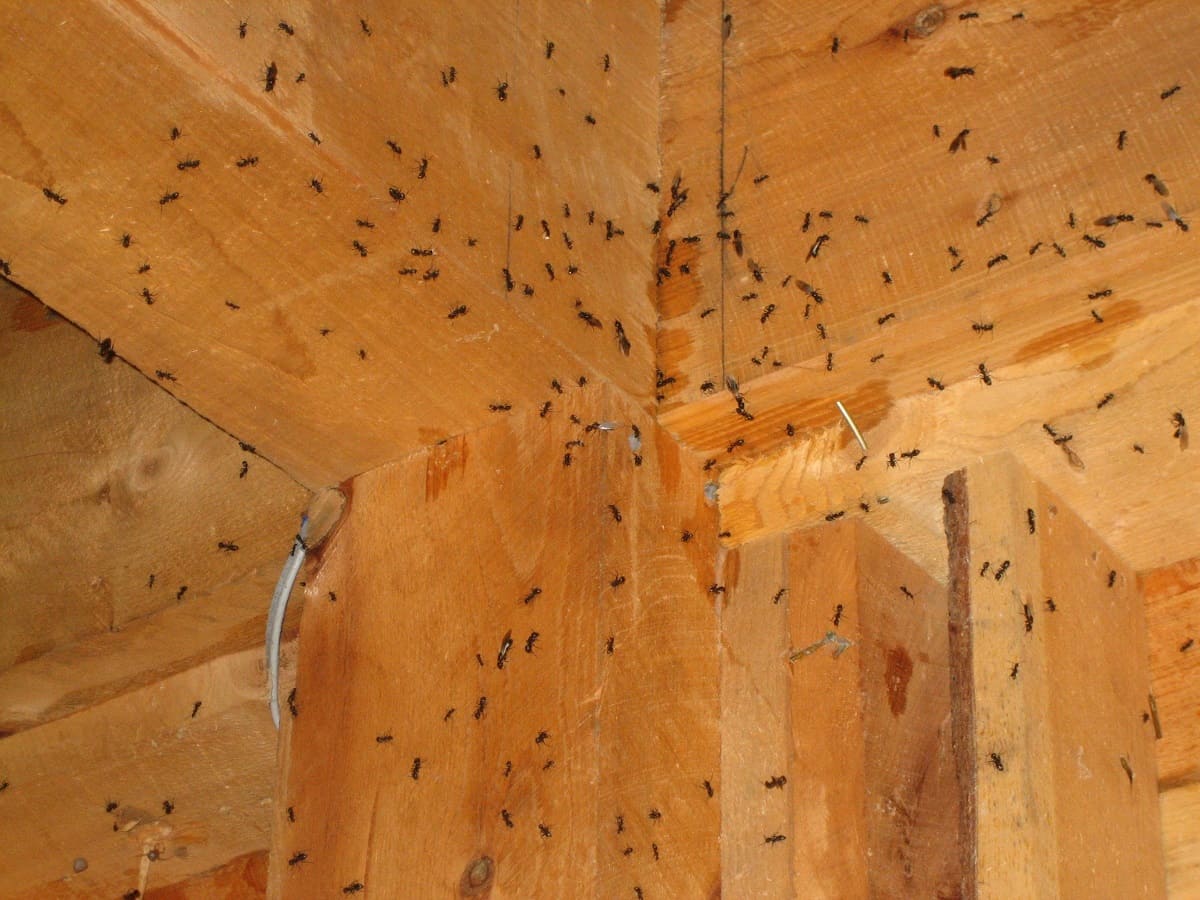
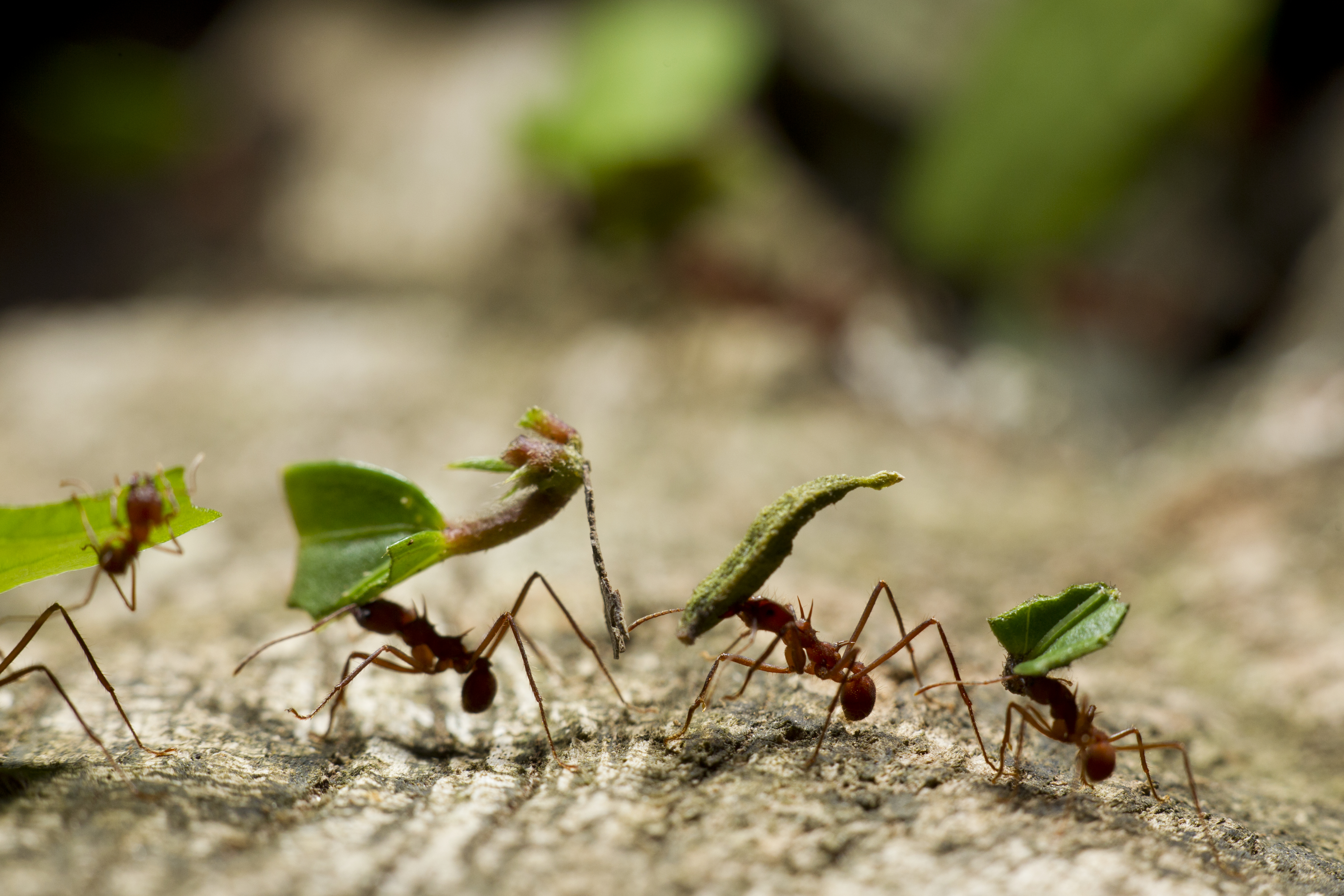
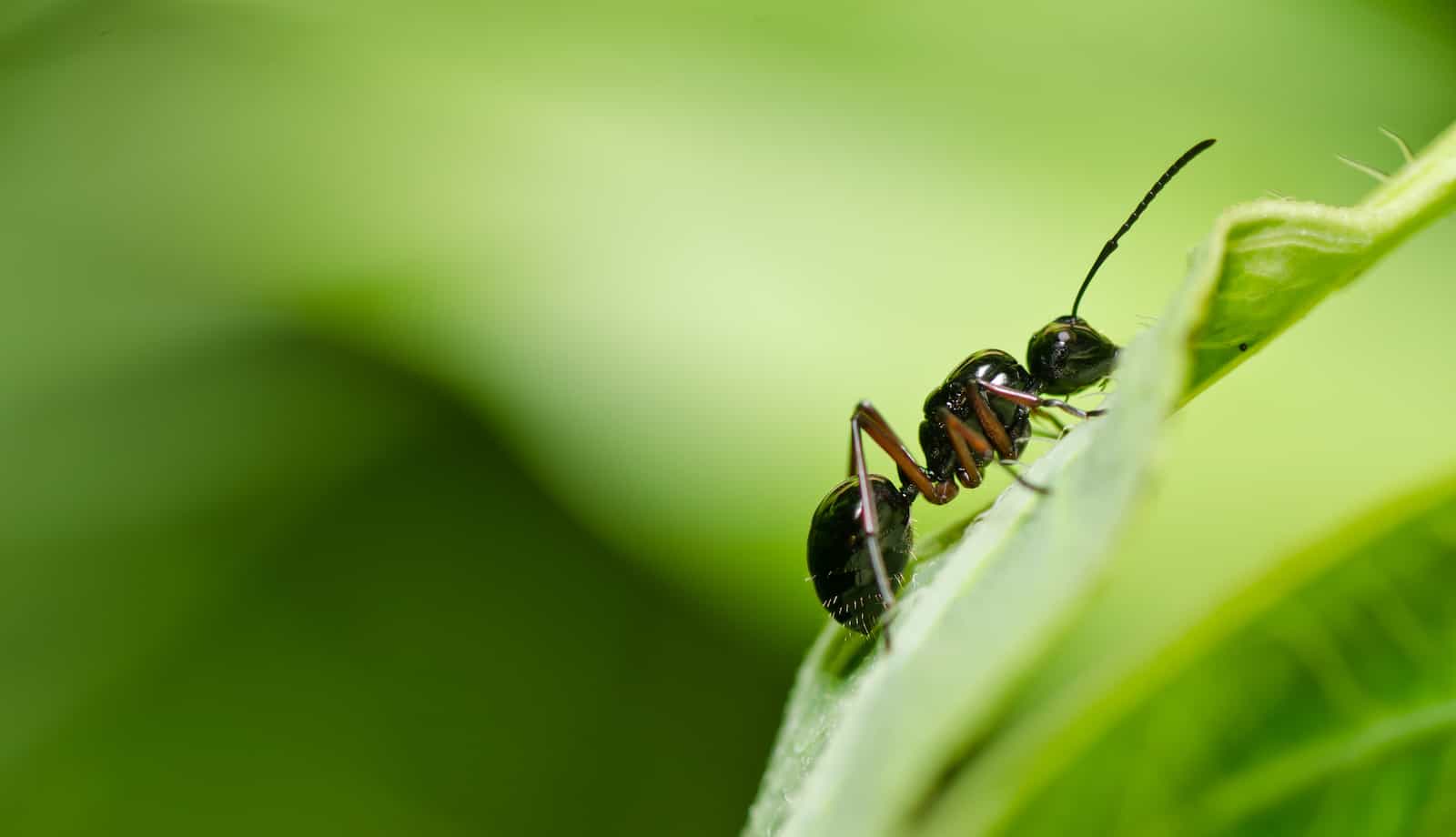
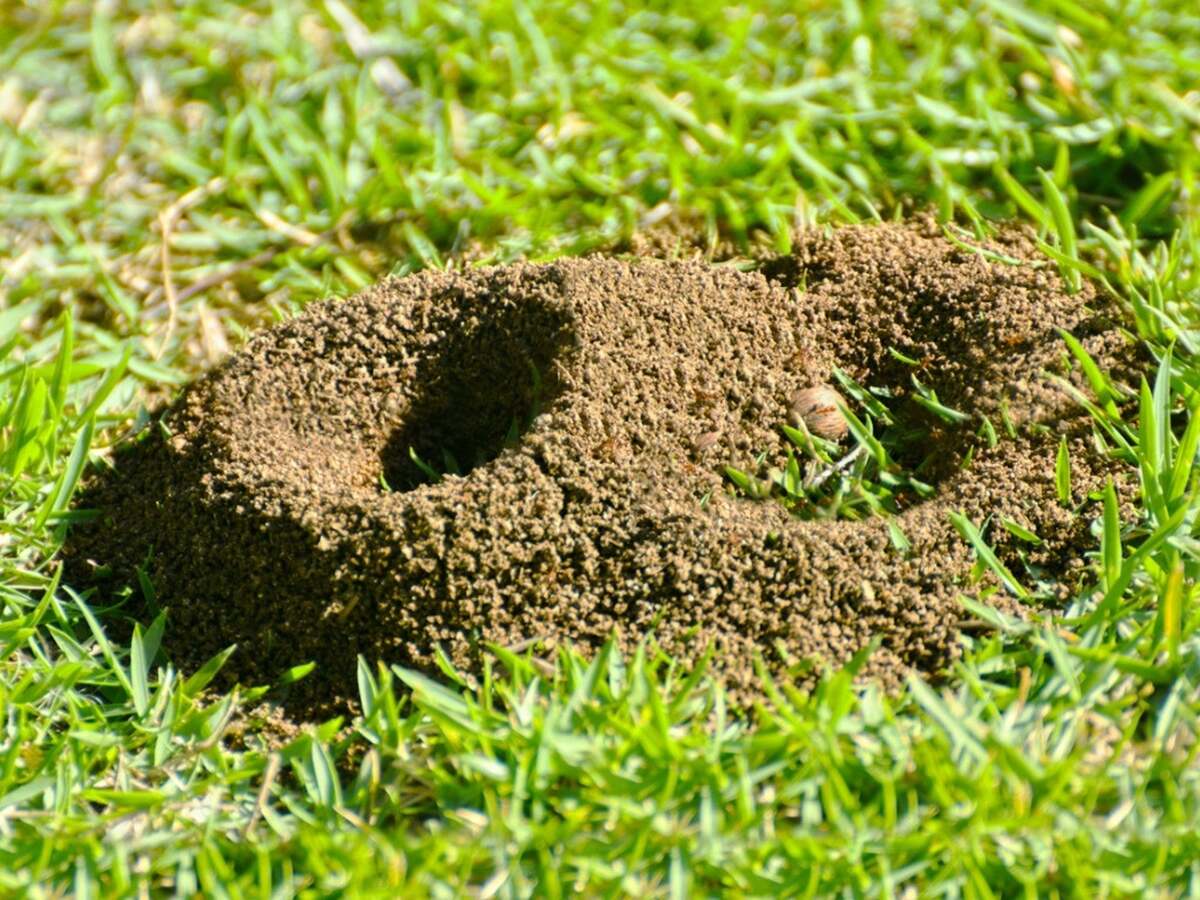
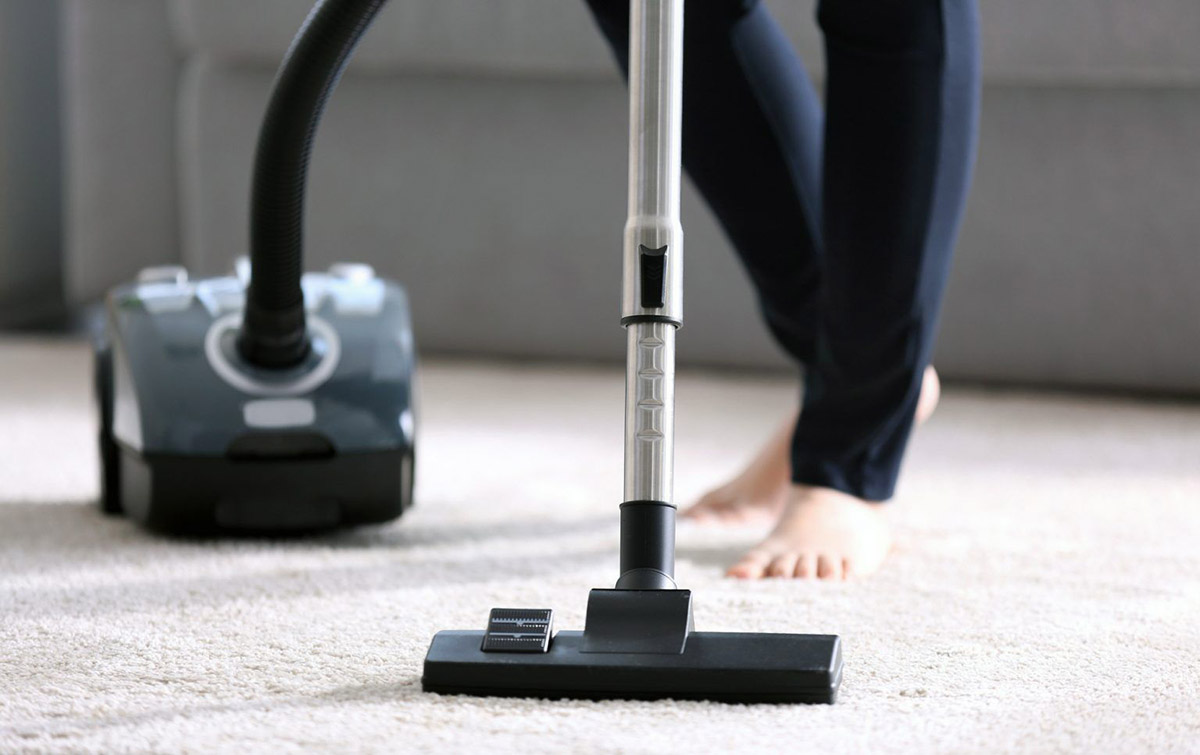
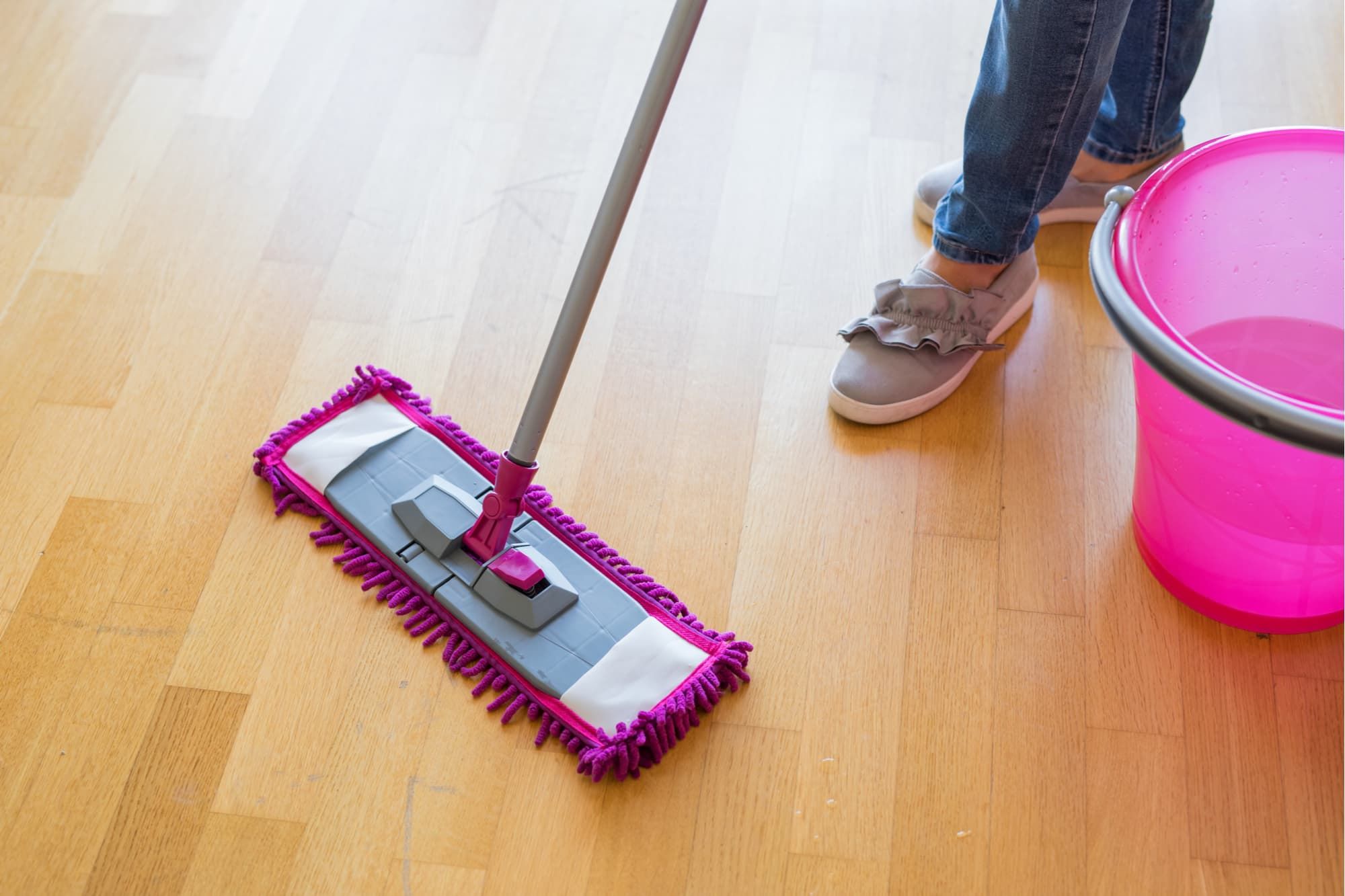
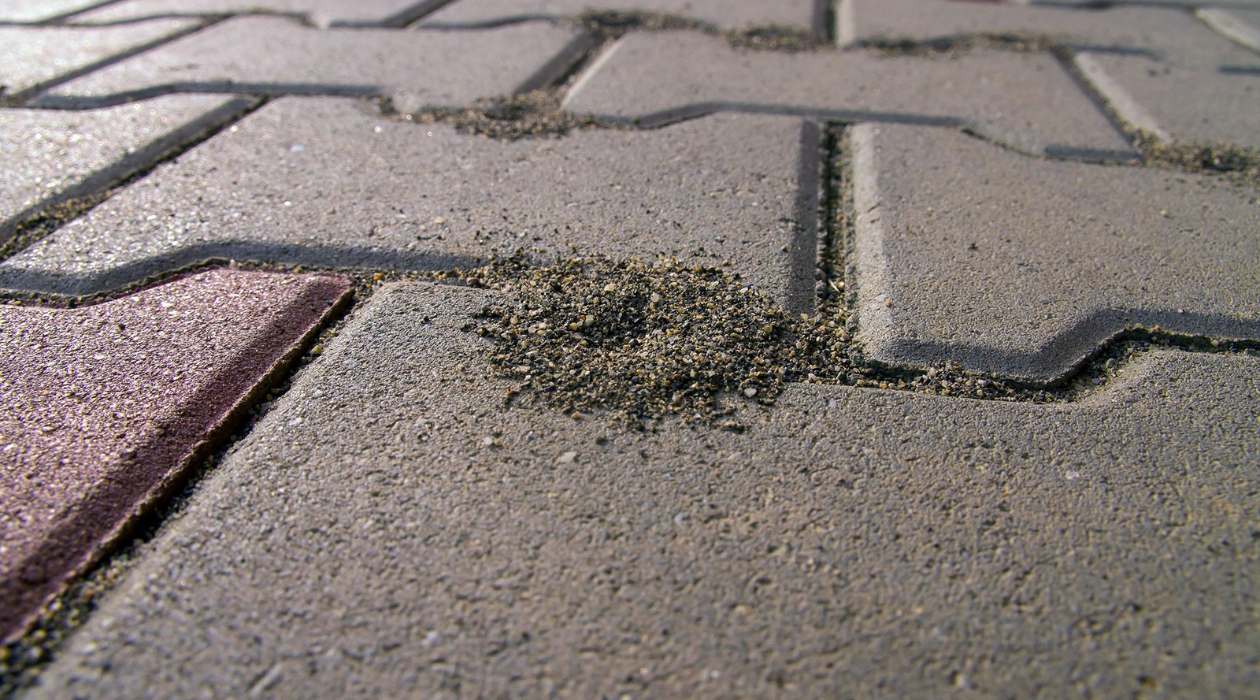

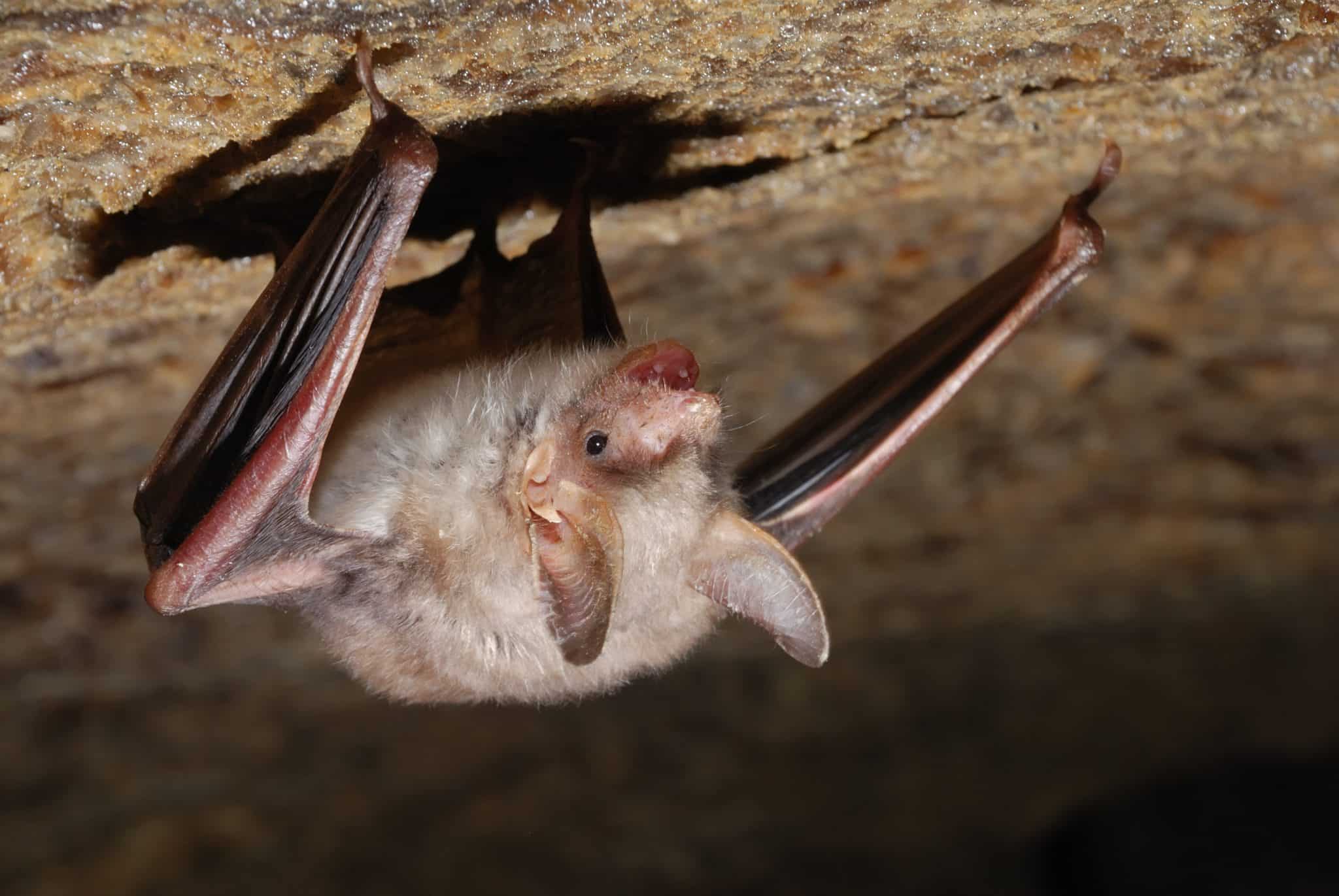
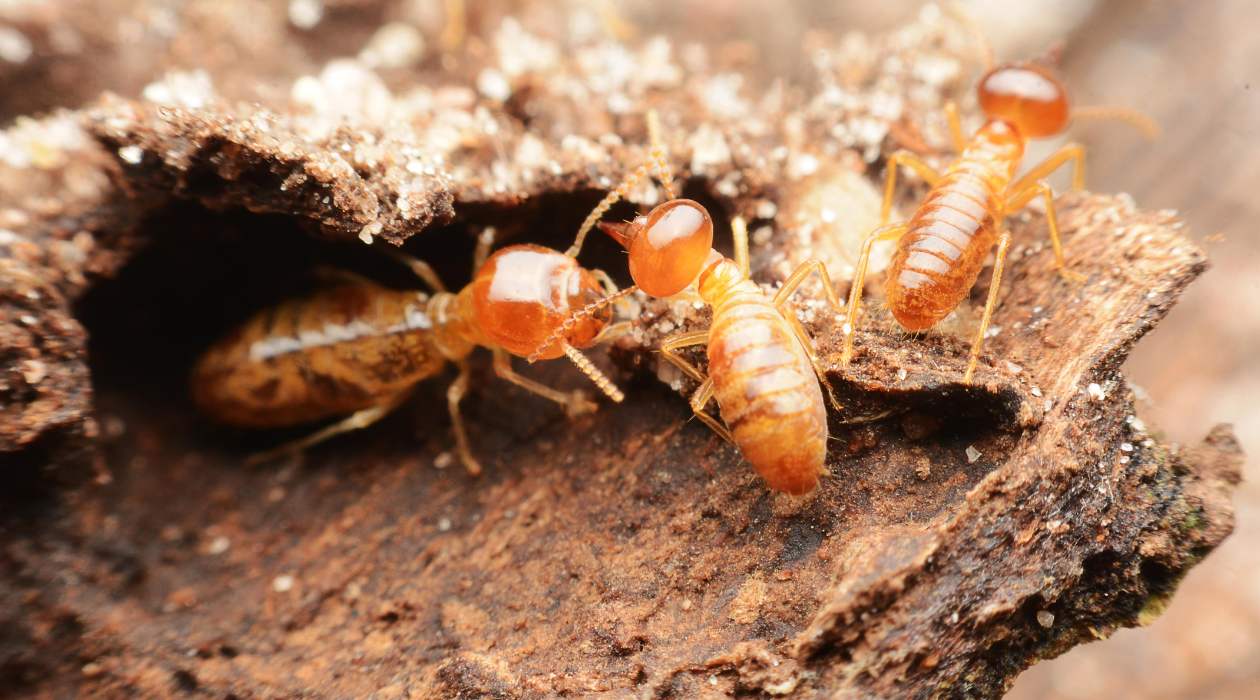
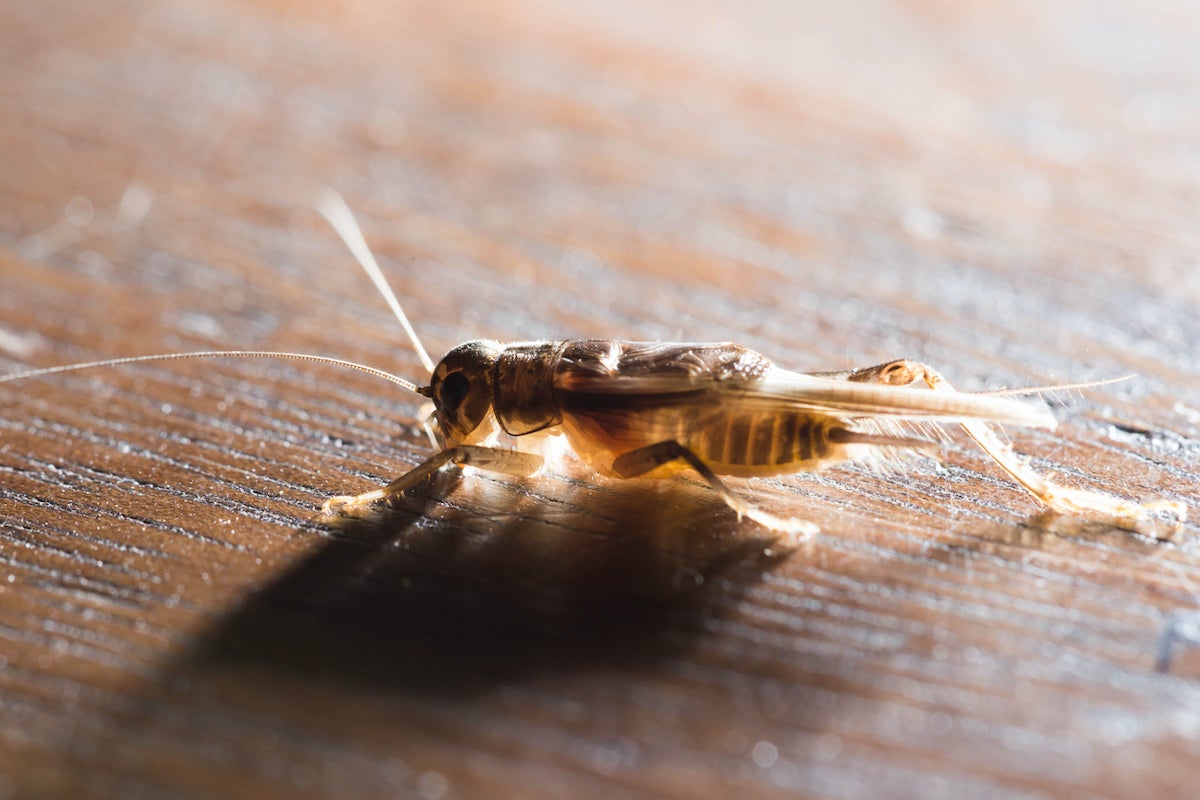

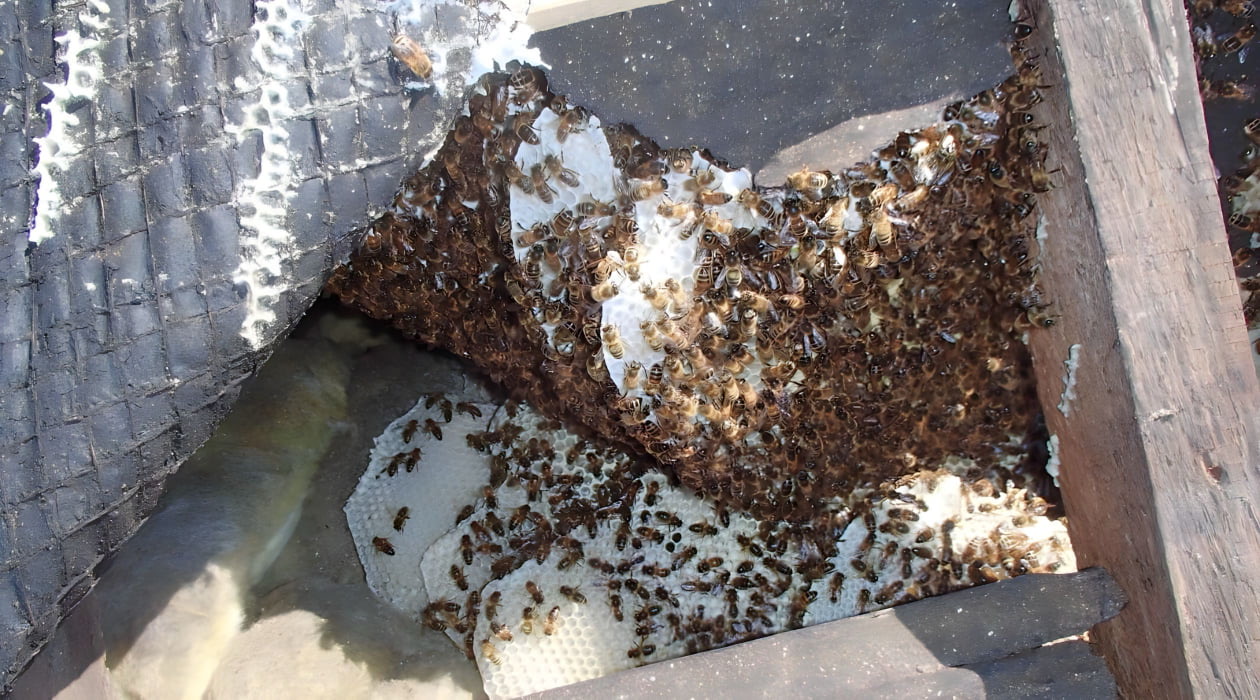

0 thoughts on “How To Get Rid Of Ants In The Attic”